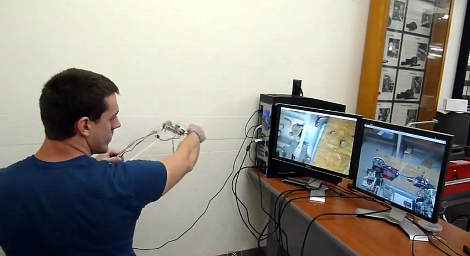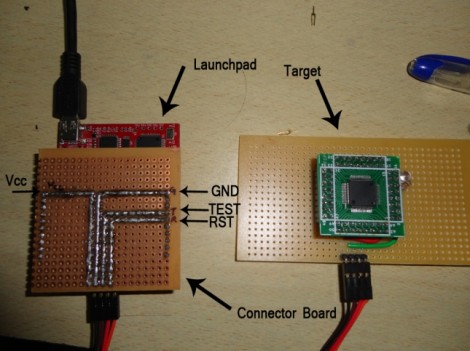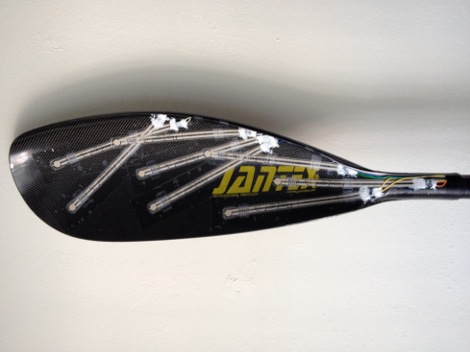
[Glen] built this shiny party machine out of a pretty sad-looking scooter. We’d bet you’re wondering why we think it’s a party machine when it looks so common? The only real giveaway in this photo is the custom exhaust, but hidden in the body of the beast is 720 Watts of party power plus a whole bunch of extras.
When he gets where he’s going, [Glen] parks his ride and lifts up the seat to unfold the entertainment. Attached to the underside of the saddle is a 720 Watt audio amplifier. It drives one big speaker under the seat, as well as two tweeters and two mid-range speakers that were fitted into the front console. But these days a party isn’t a party without some video, and that’s why you’ll also find a 7-inch LCD screen suspended from the upright seat. Tunes and videos are supplied by an iPod touch up front, or the PC he built into the ride. All it’s missing is a gaming console!















